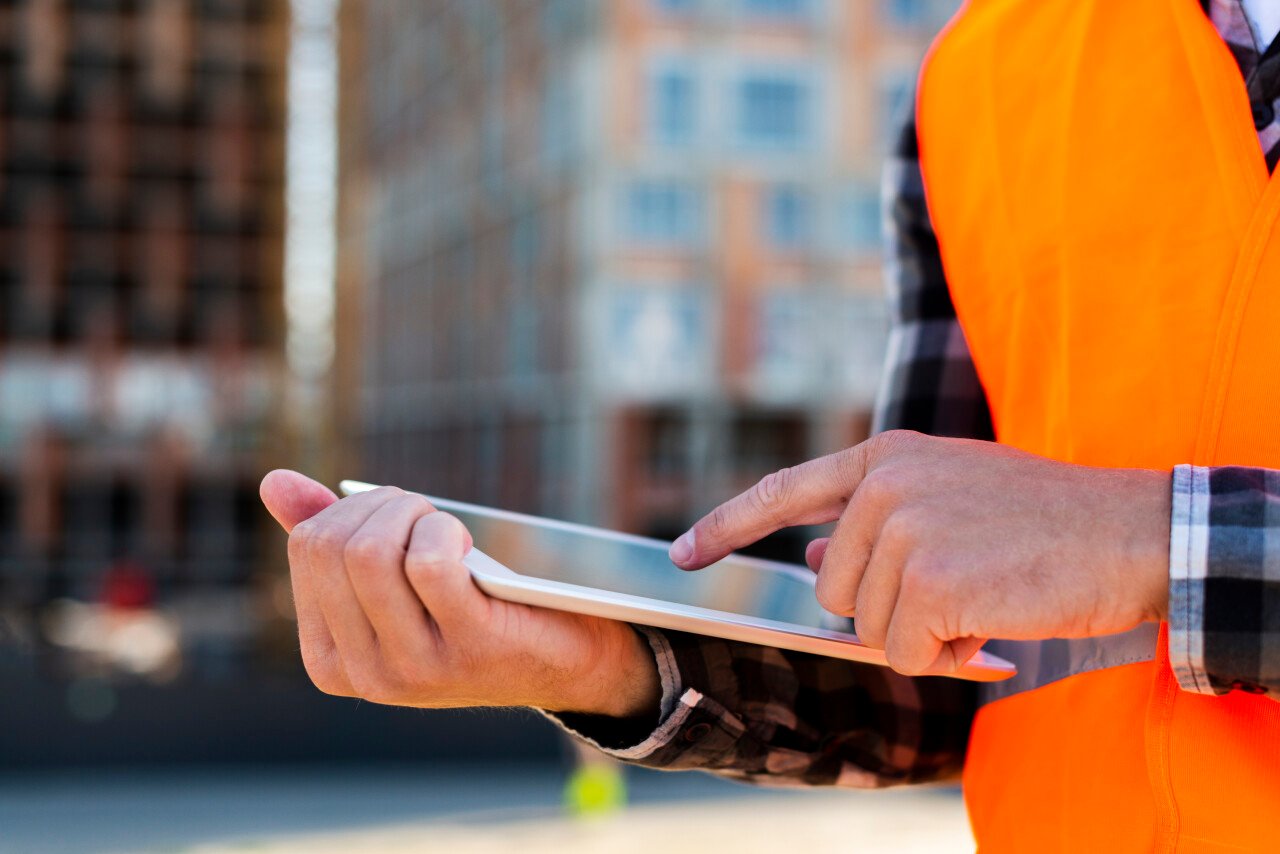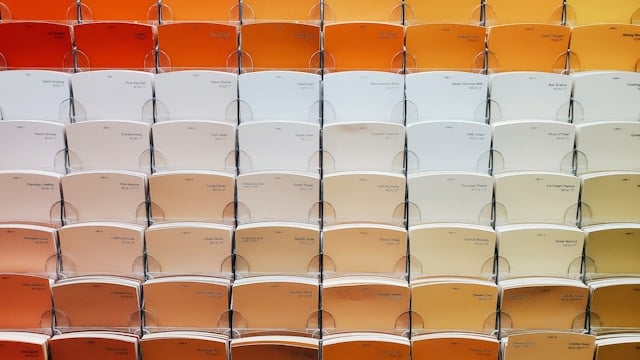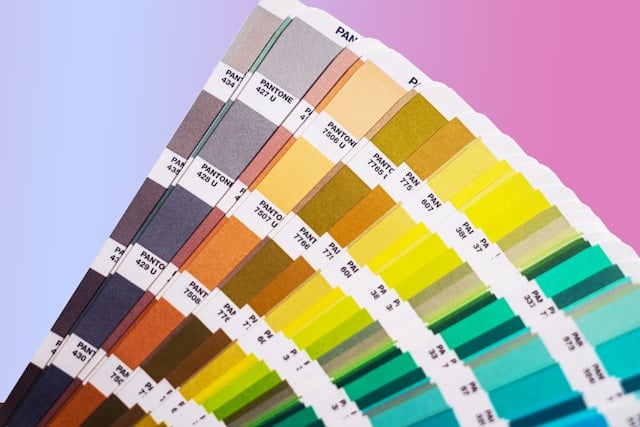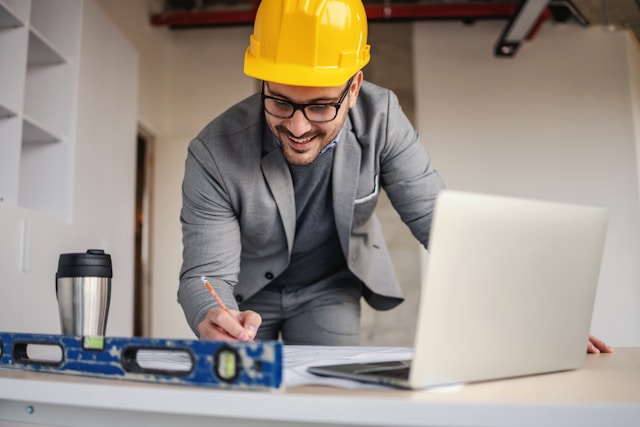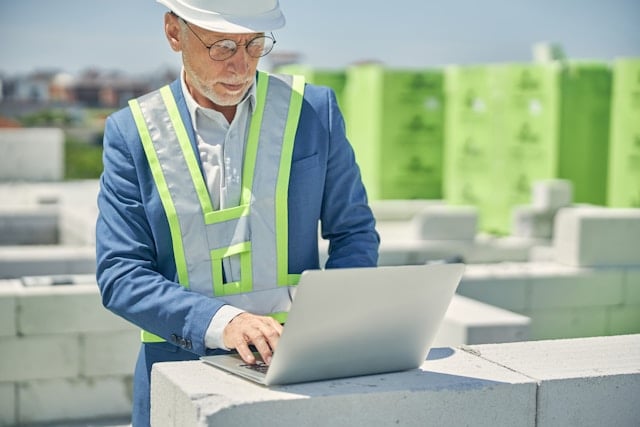The Revolution of 3D Building Printing: Shaping the Future of Construction
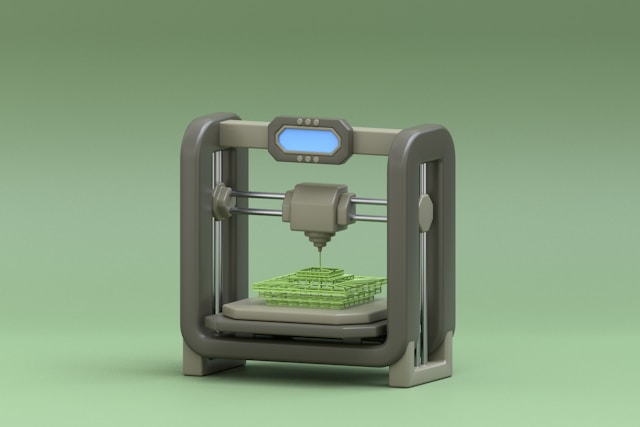
What is 3D Building Printing?
3D building printing, also known as 3D construction printing (3DCP), is an innovative technology poised to transform the construction industry. Structures are built layer by layer using a computer-controlled robotic arm or printer, working from the ground up. This cutting-edge technology combines digital design with physical execution, representing a major leap forward in construction methods.
The Mechanics Behind the Magic
How does 3D building printing work? It starts with a digital blueprint. A specialized printer extrudes building materials through a nozzle, layer by layer, following the digital plans with precision. These printers can create complex shapes and structures that would be difficult or impossible to achieve with traditional construction methods.
Origins of 3D Building Printing
The journey of 3D building printing began in the early 2000s. The concept was first realized through academic prototypes and experimental projects, which laid the foundation for this revolutionary approach to building construction.
The Building Blocks: Materials Used in 3D Printing
The materials used in 3D construction are as innovative as the technology itself. The most commonly used material is concrete, specifically designed for 3D printing. This concrete must be fluid enough to flow through the printing nozzle yet quick-setting to support the layers above it. Recent innovations have introduced the use of recycled materials, adding an eco-friendly aspect to this futuristic building method.
Assessing Reliability
3D-printed buildings undergo rigorous testing and evaluation to ensure they meet standard building codes and regulations. The precision of digital printing also reduces human errors during the construction process, resulting in structures that are often more reliable and robust than those built using traditional methods.
Weighing the Good with the Bad: Pros and Cons
Pros:
Speed: 3D printing is significantly faster than traditional construction methods.
Cost-Effectiveness: It reduces labor costs and minimizes material waste.
Design Flexibility: It allows for complex, customized architectural features.
Sustainability: It uses less material and can incorporate recycled components.
Cons:
Technical Limitations: The size of the printer and available materials limit the construction process.
Skill Gap: Specialized knowledge and training are required to operate the machinery.
Regulatory Hurdles: Adapting building codes and standards to accommodate this new technology can be slow.
Cost Efficiency: A Financial Perspective
One of the most compelling advantages of 3D building printing is the significant cost savings. By minimizing labor and reducing material waste, this technology can save between 30% to 60% on building costs, making it an attractive option for large-scale construction projects.
Is 3D Building Printing the Future?
The potential of 3D building printing to revolutionize the construction industry is immense. As the technology advances and becomes more widely accessible, it could become the standard construction method in the future. With ongoing research and development, the possibilities for what can be achieved with 3D building printing are expanding daily.

